A market scene in Italy with two butchers
144 x 140 mm
pen and brown ink, grey wash
framing lines in pen and brown ink
annotation in pen, top right, "Teste di por(...)" - certainly "Teste di porco"
annotated on the back, in pencil, "2" and "R212"
partial watermark: foolscap - Zabern 1602
Carefully framed, under glass
Dimensions with frame: 32 x 29 cm
* * *
A drawing that concentrates in itself what makes the spirit of the 17th century exceptional, this moment in the history of art when artists from different countries, different schools travel to Italy, exchange, inspire each other and, above all, are not afraid to tackle wild, destabilizing subjects.
Here, the central figure of the composition, this itinerant butcher with his troubled gaze, his knife always at hand and especially the severed pig's head that he balances on his head, makes the interpretation hesitate between an everyday scene and a carnival scene, so much so that everything seems exaggerated, exacerbated.
If we think of Jacques Callot as an inspiration for this composition, it is for the way of majesticizing the common men, exhausted, dazed, whose elegance stands out through their clothes, however rustic, and their enhancement by the artist's drawing. There is also something similar in the proportional relationship of the figures with the landscape in the background (see comparisons). In the entourage and wake of Jacques Callot, in Italy, in the 17th century, we can think in particular of François Collignon and Steffano della Bella. The latter had no fear in drawing severed heads, hallucinated looks, fascinating characters in deeply unpredictable drawings.
As is often the case with an old drawing, the very materiality of the paper can help to highlight certain complementary elements of research on a work. Here, in the absence of a signature or a collector's mark, it is the study of the watermark that allows us to approach a dating of the sheet. This head of a madman wearing a cap loaded with four bells is similar to the one found in the watermark directory under number 134: our sheet of paper is therefore dated 1602 and comes from a factory located in Saverne, close to the border between France and Germany.
Obviously, the paper could be purchased by mail order, the paper could be stored for a few years before being used by an artist, but a dating of our drawing in the first half of the 17th century is the most likely proposition. We can also appreciate the proximity between the very subject of the drawing, this central character, wild and disturbing, and the figure of the madman who corresponds to the watermark of the paper.
This drawing certainly emanates from the Italian school and corresponds, in our opinion, more precisely to the Roman school. There is here both the eccentricity and the open-mindedness of the Roman school. From this, we can think of an Italian artist who would have looked at and appreciated the works of French and Dutch artists who were numerous in Rome in the 17th century.
Extending this idea of the Roman school, we can look in Rome for an architecture possibly similar to this aqueduct or viaduct not far from falling into ruin. In the Testaccio district, a similar architecture is visible: at its foot a large market was held every day in the 17th century and, in the 19th century, this same place on the outskirts of Rome housed the city's slaughterhouses: il mattoio di Testaccio.
This drawing is still being researched; any suggestions for a possible interpretation or attribution would be welcome.






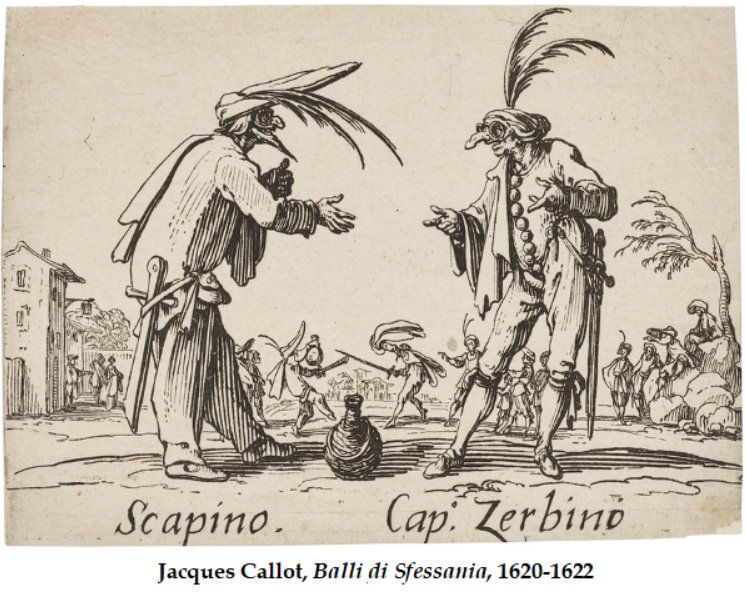











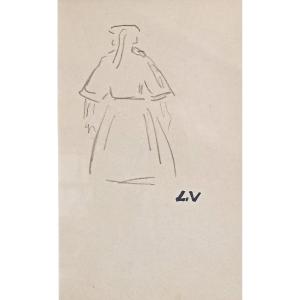
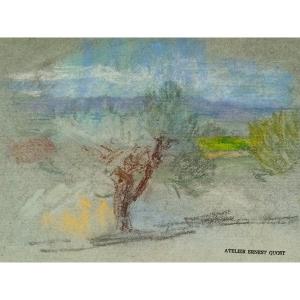
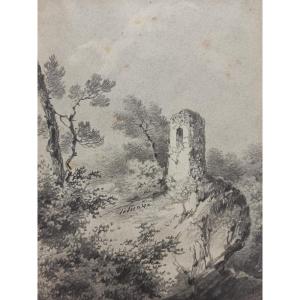
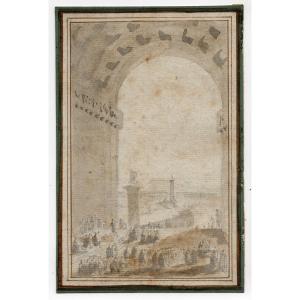
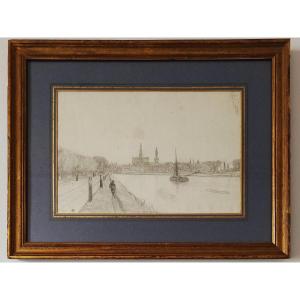
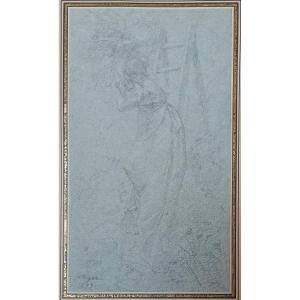
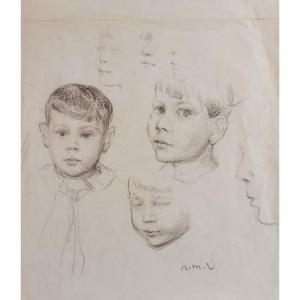
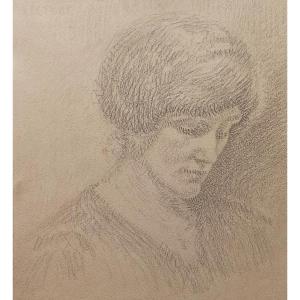
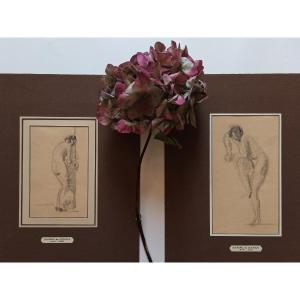
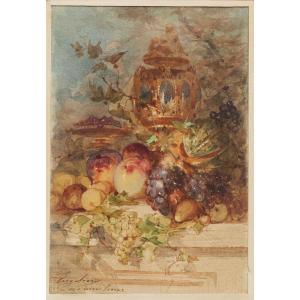
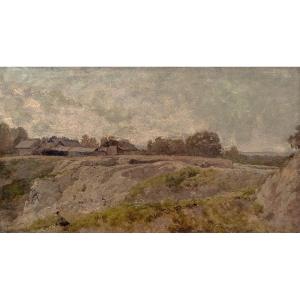
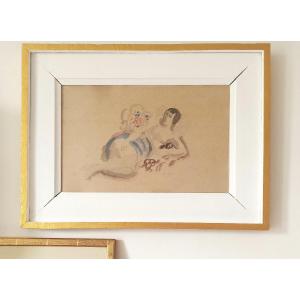


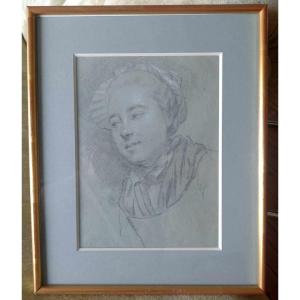

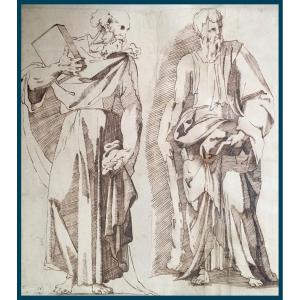
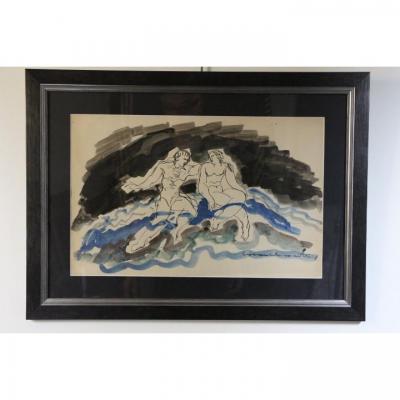




 Le Magazine de PROANTIC
Le Magazine de PROANTIC TRÉSORS Magazine
TRÉSORS Magazine Rivista Artiquariato
Rivista Artiquariato